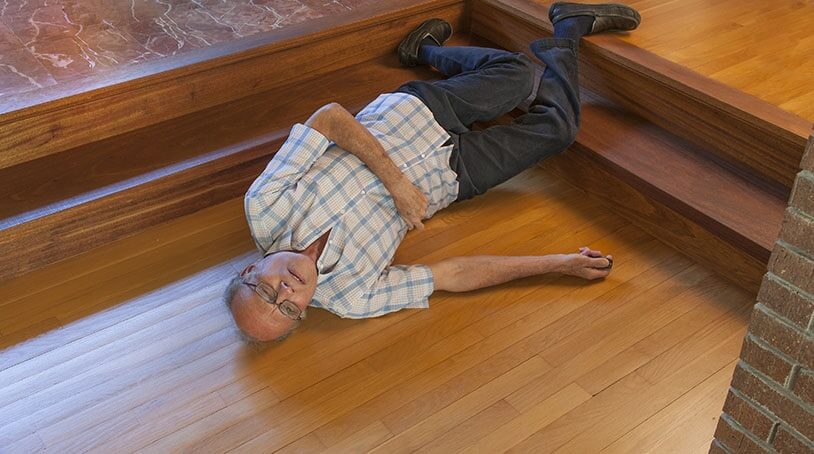Understanding the relationship between medications and fall risk is crucial, especially for family caregivers who are responsible for the safety and well-being of their loved ones. Many individuals, particularly the elderly, rely on medications to manage chronic conditions or improve their quality of life. However, some of these medications can inadvertently increase the risk of falls, which can lead to serious injuries. In this article, we will explore the various medications that increase fall risk and provide insights on how to manage these risks effectively.

Introduction to Fall Risk
Falls are a common concern, especially among the elderly population. They can lead to significant injuries such as fractures, head trauma, and even death. According to the American Academy of Orthopaedic Surgeons, falls are the leading cause of injury among older adults. It’s essential to identify and mitigate the factors that contribute to fall risk.
Why Medications Matter
Medications play a vital role in managing health conditions. However, some medications can have side effects that increase the risk of falls. These side effects may include dizziness, drowsiness, impaired balance, and muscle weakness. Understanding which medications have these side effects can help caregivers take proactive measures to prevent falls.
Common Medications That Increase Fall Risk
1. Sedatives and Hypnotics
Sedatives and hypnotics are often prescribed to help with sleep disorders or anxiety. While they can be effective, they can also cause drowsiness and impaired coordination, leading to an increased fall risk.
2. Antidepressants
Antidepressants, particularly tricyclic antidepressants, can cause dizziness and balance issues. It’s important for caregivers to monitor their loved ones for these side effects and discuss alternatives with healthcare providers if necessary.
3. Antihypertensives
Medications used to control high blood pressure, known as antihypertensives, can sometimes cause dizziness or lightheadedness, especially when standing up quickly. This condition, known as orthostatic hypotension, can increase the risk of falls.
4. Antipsychotics
Antipsychotic medications are used to treat various mental health conditions. However, they can also cause sedation and impair motor functions, which can lead to falls.
5. Opioids
Opioid pain medications are effective for managing severe pain but come with a risk of drowsiness and dizziness, increasing fall risk. It’s crucial to use these medications under careful supervision.
Managing Fall Risk for Caregivers
Caregivers play a vital role in managing fall risks. By understanding the medications their loved ones are taking and being aware of potential side effects, caregivers can take proactive steps to reduce fall risk. It’s advisable to have regular discussions with healthcare providers to assess medication regimens and explore alternatives if necessary.
Practical Tips for Caregivers
1. Regular Medication Review
Regularly review medications with healthcare professionals to ensure they are still necessary and check for any potential interactions.
2. Monitor for Side Effects
Be vigilant for any signs of drowsiness, dizziness, or balance issues in your loved ones, and report these to their healthcare provider.
3. Environmental Modifications
Implement home safety measures such as removing tripping hazards, installing grab bars, and ensuring adequate lighting to reduce the risk of falls.
Conclusion
Understanding and managing the relationship between medications and fall risk is essential for maintaining the health and safety of your loved ones. By staying informed and proactive, caregivers can significantly reduce the risk of falls and ensure a better quality of life for those under their care. For more insights on caregiver support, visit Fall Detection for Caregivers.

FAQs
What are the most common medications that increase fall risk?
Common medications that increase fall risk include sedatives, antidepressants, antihypertensives, antipsychotics, and opioids.
How can caregivers reduce fall risk associated with medications?
Caregivers can reduce fall risk by regularly reviewing medications with healthcare providers, monitoring for side effects, and making environmental modifications to improve safety.
Where can I find more resources on fall prevention?
For comprehensive resources on fall prevention, visit the Royal Australian College of General Practitioners.
This article contains affiliate links. We may earn a commission at no extra cost to you.






